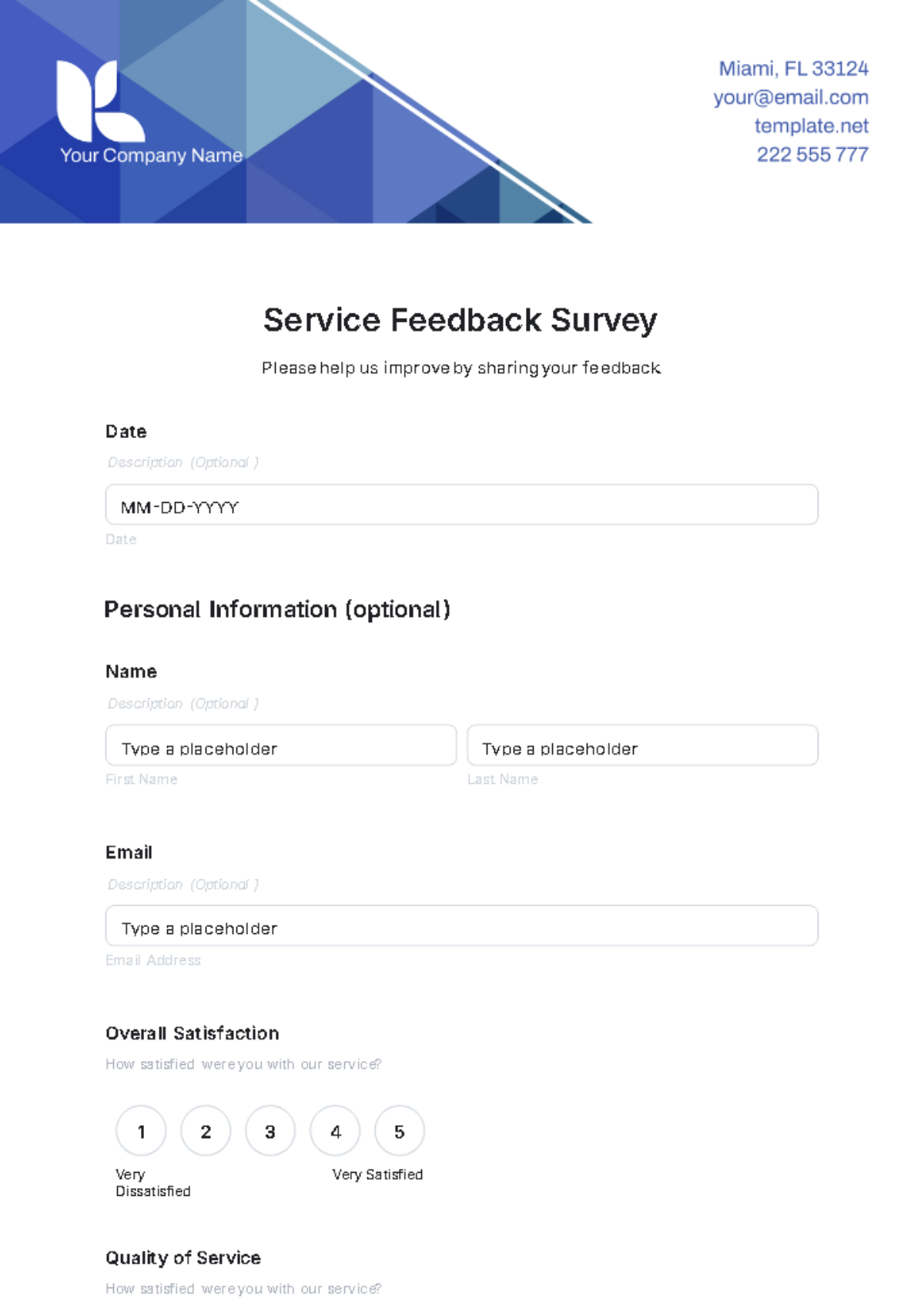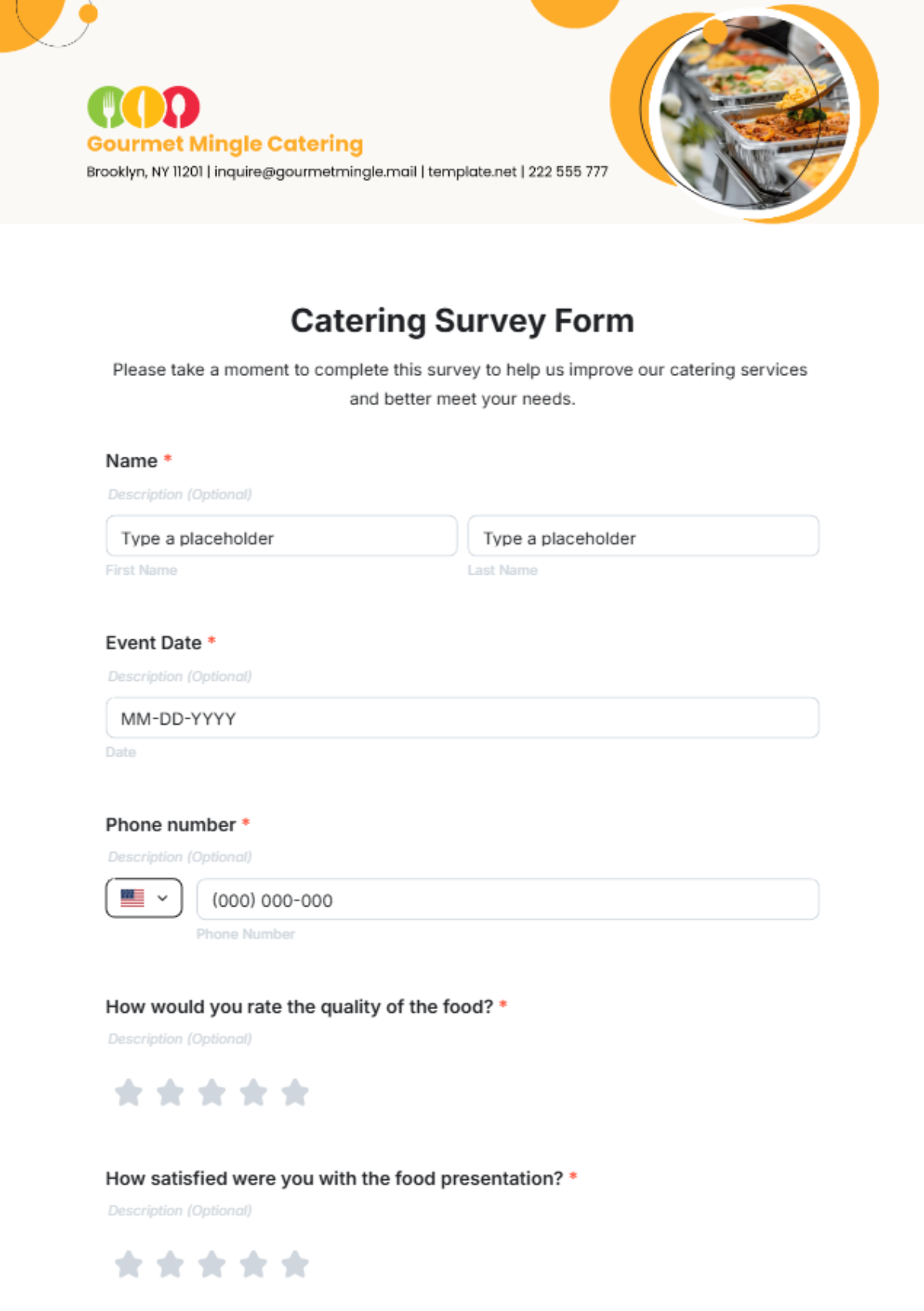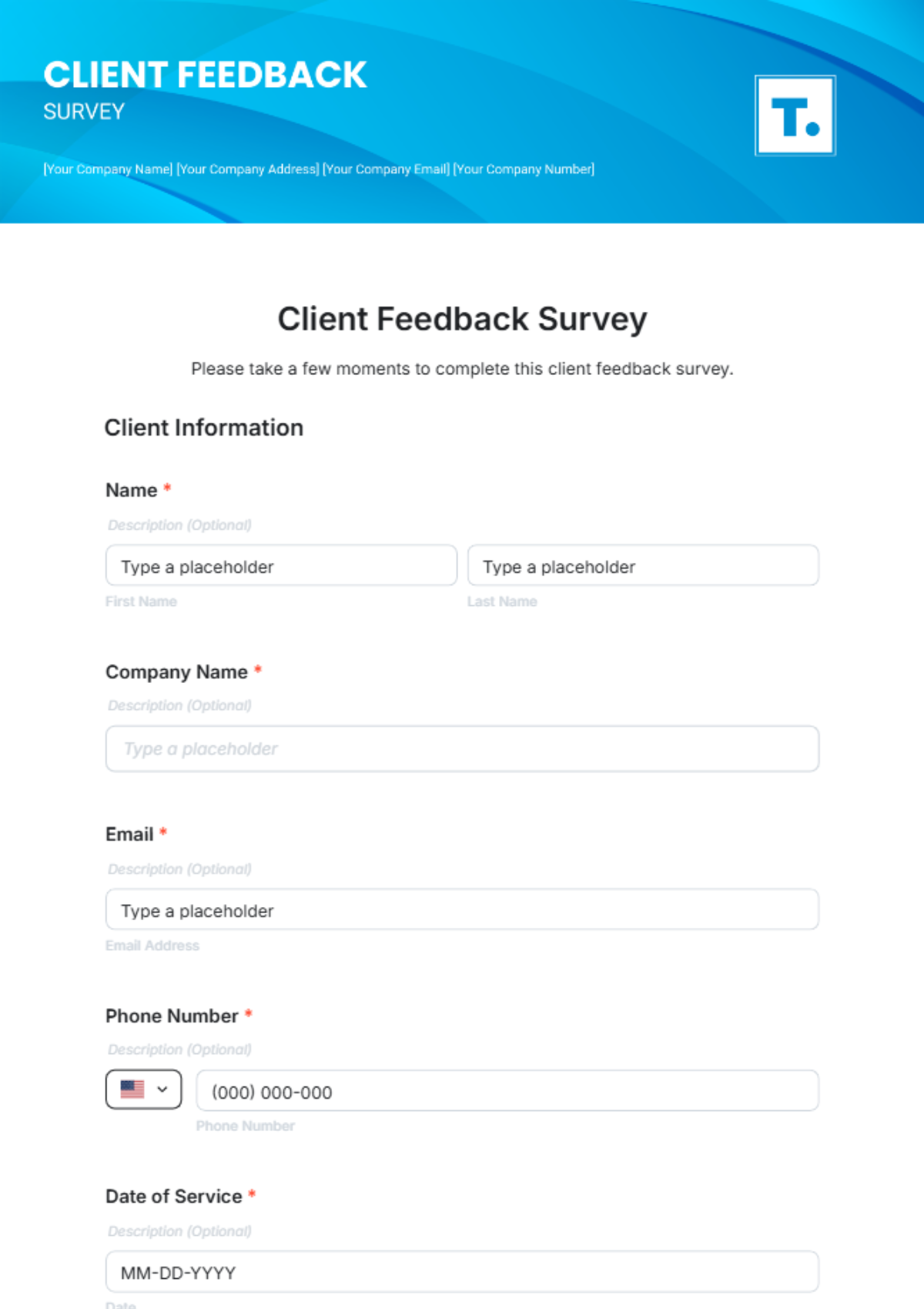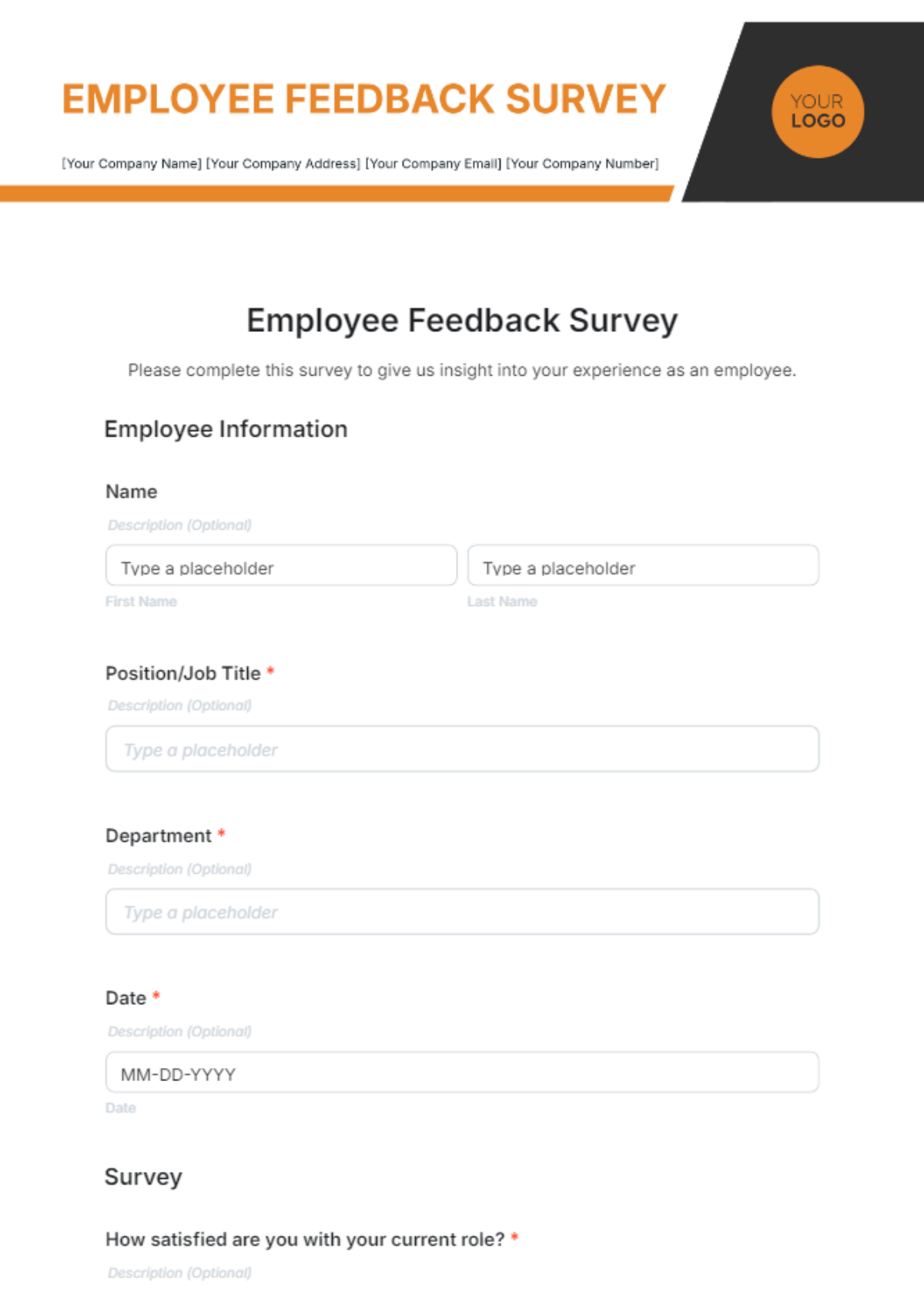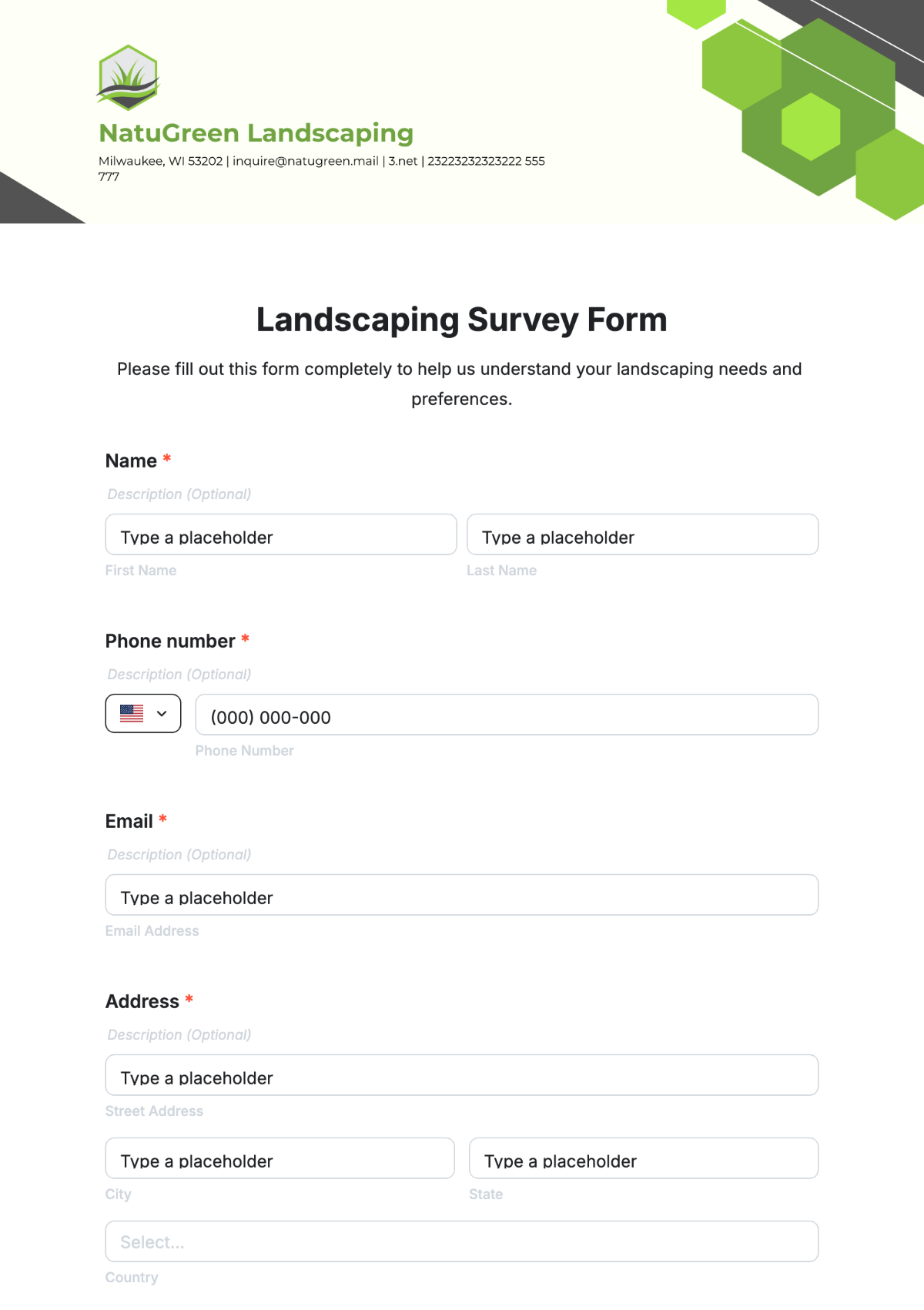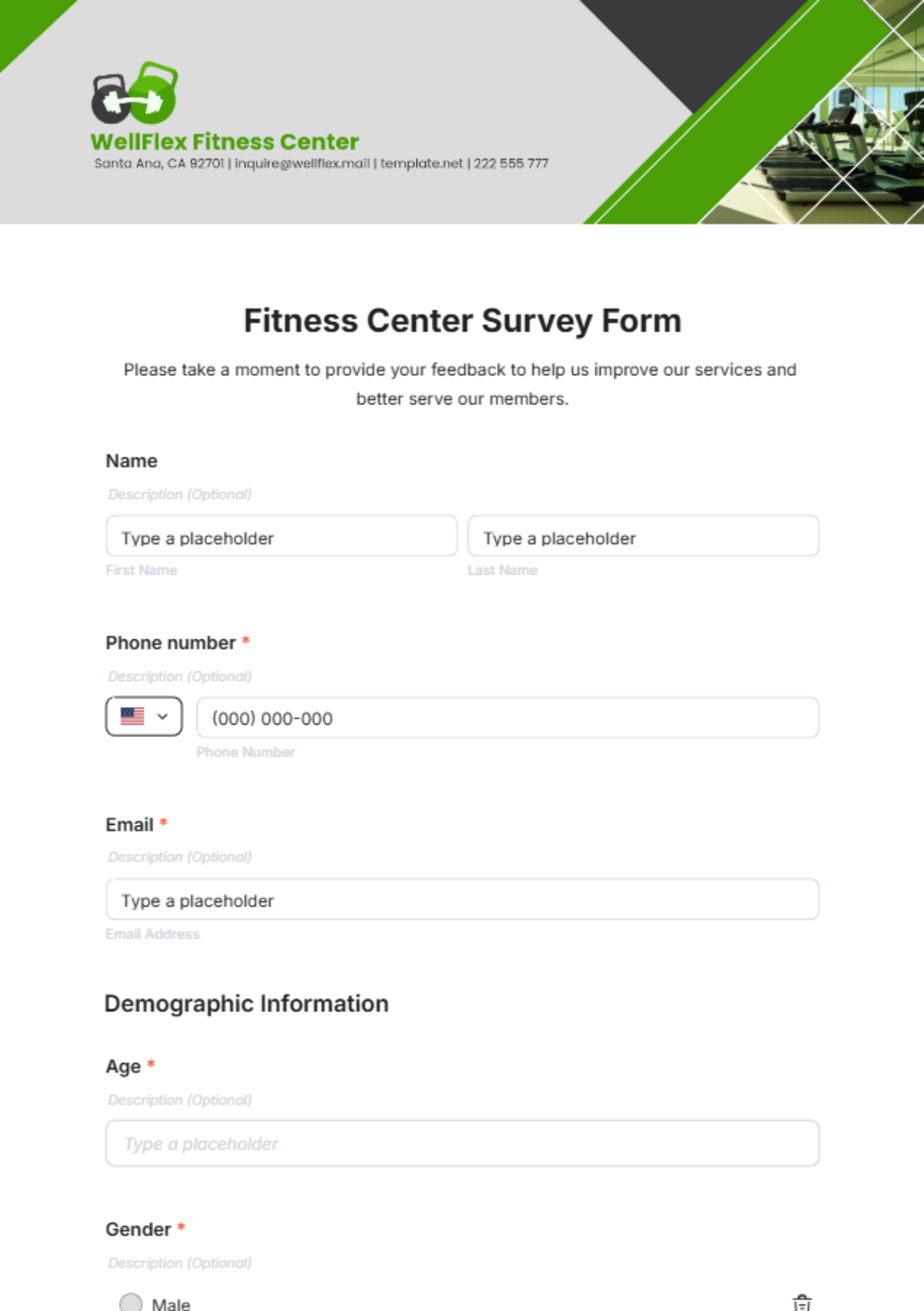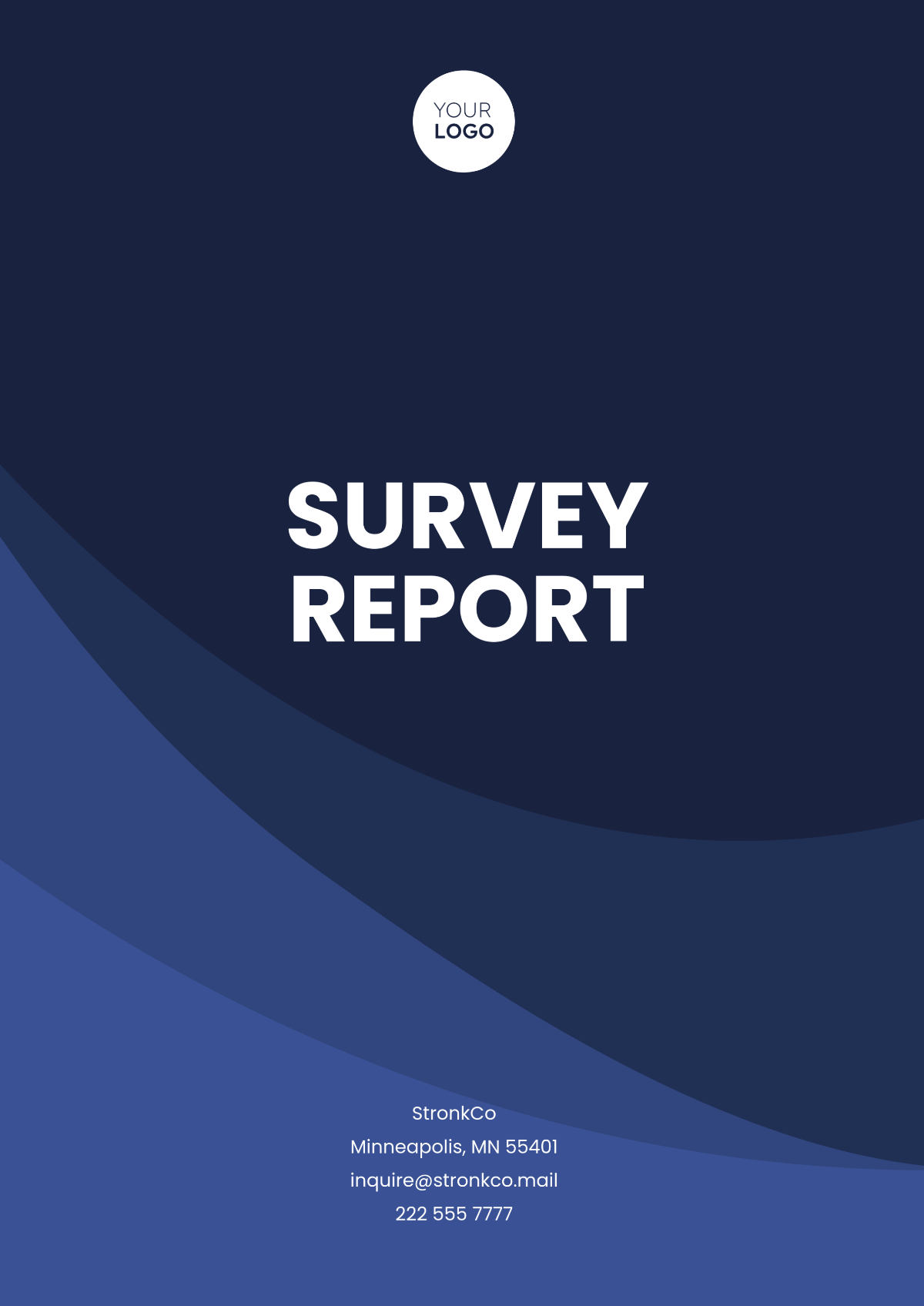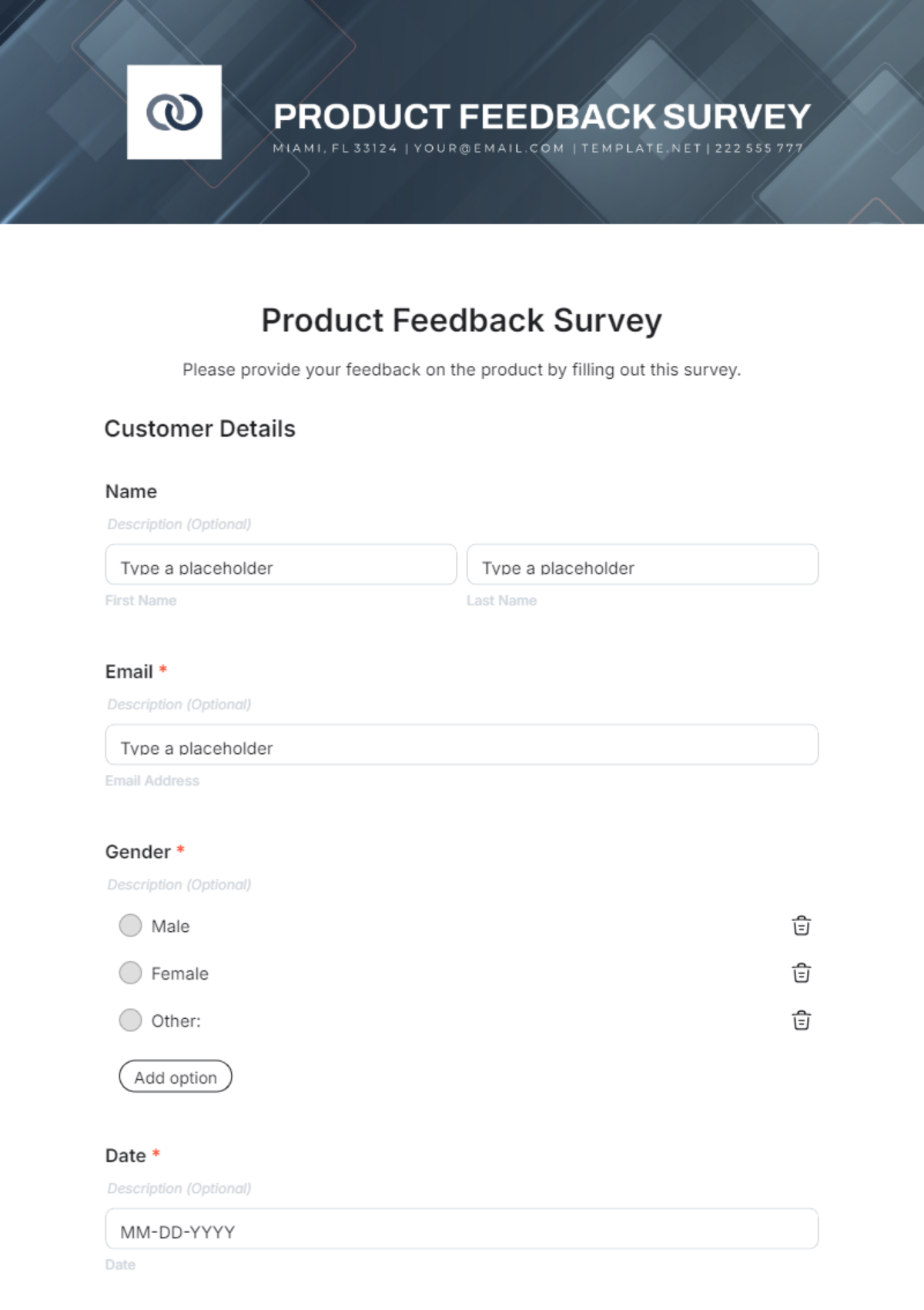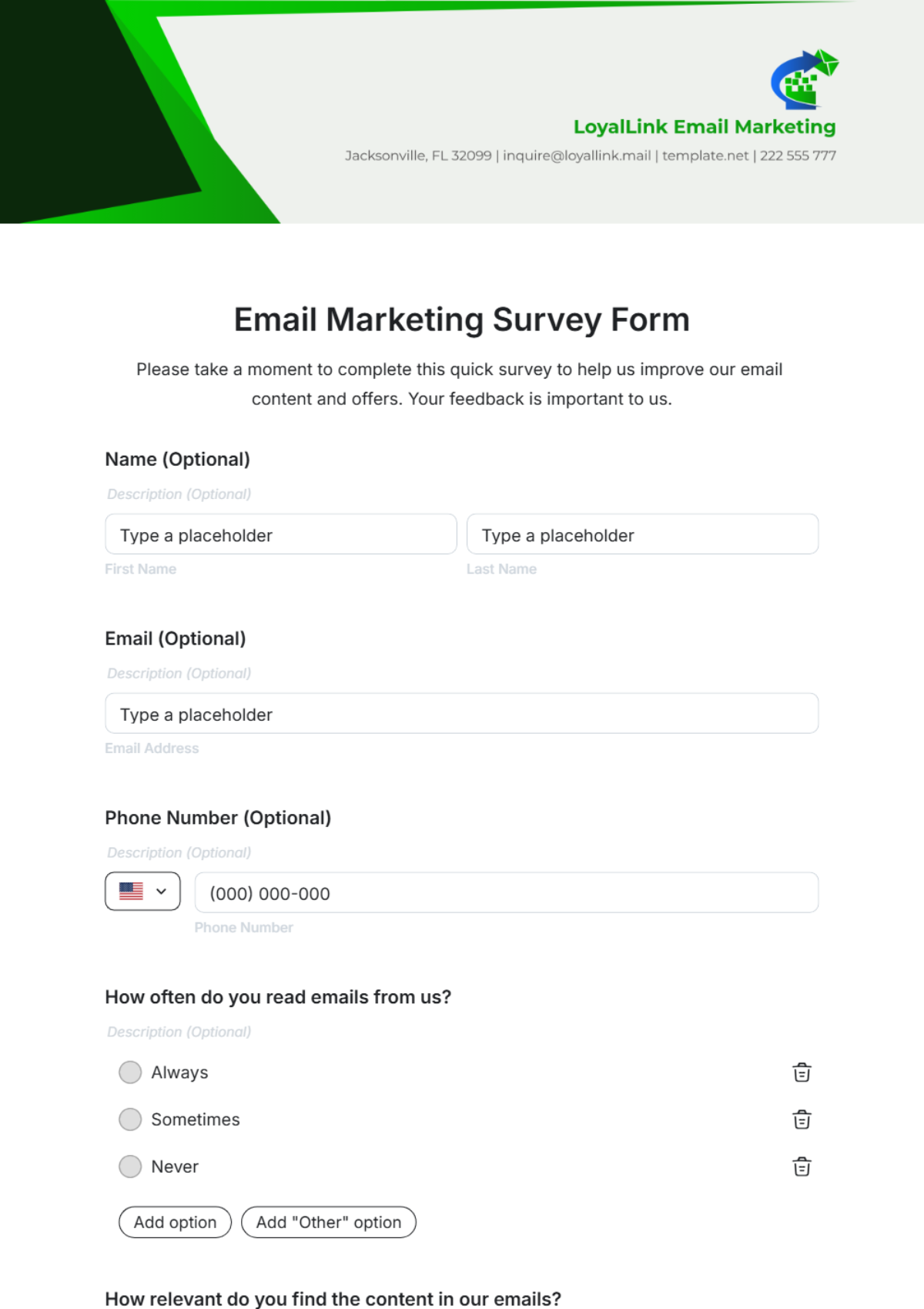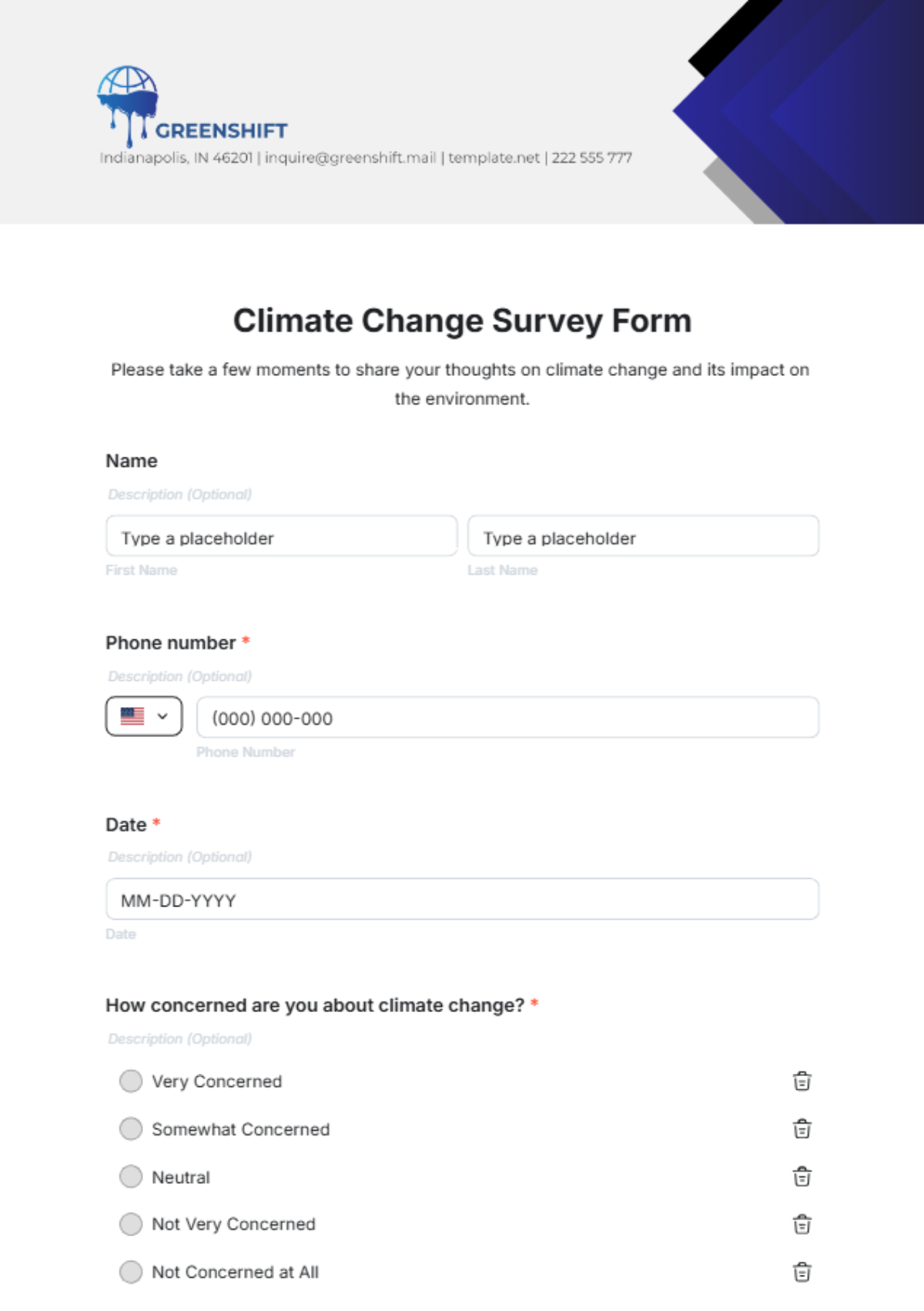Survey Dropout Quantitative Research
Prepared by: [Your Name]
Date: [Date]
I. Introduction
Survey dropout refers to the phenomenon where participants abandon a survey before completing it. Understanding why participants drop out is crucial for improving survey design, achieving higher completion rates, and ensuring the reliability of the data collected. This research aims to analyze the numerical data on dropout rates, identify patterns, and explore possible causes. The findings from this research will provide valuable insights for enhancing survey methodologies and reducing dropout rates, thereby leading to more reliable data collection.
II. Methodology
The research will employ a quantitative approach, focusing on collecting numerical data on survey dropout rates and analyzing patterns and causes. The methodology includes the following steps:
Designing multiple surveys with varying lengths, question types, and layouts.
Distributing the surveys to a diverse sample of participants.
Recording the dropout rates at different points in the survey.
Analyzing the data to identify patterns and possible causes of dropout.
Surveying participants who dropped out to gather qualitative insights that complement the quantitative data.
III. Findings
The analysis of the collected data revealed the following key findings:
Variable | Impact on Dropout Rate |
|---|---|
Survey Length | Surveys longer than 20 minutes had a significantly higher dropout rate. |
Question Type | Open-ended questions contributed to higher dropout rates compared to multiple-choice questions. |
Layout and Design | Surveys with a cluttered layout and poor design had higher dropout rates. |
Survey Topic | Surveys on sensitive topics had higher dropout rates. |
IV. Results
Dropout Rates by Survey Section:
Analysis revealed that dropout rates peaked at 45% in the survey’s mid-section, indicating potential issues with the complexity or length of these questions. Conversely, dropout rates were significantly lower, around 10%, in the introductory and concluding sections.
Demographic Trends:
Data showed higher dropout rates among respondents aged 18-24 (30%) compared to those aged 25-34 (15%). This suggests younger participants may find the survey less engaging or more time-consuming.
Time of Dropout:
The majority of dropouts occurred within the first 10 minutes of starting the survey, accounting for 60% of all dropouts. This indicates that initial survey elements may need optimization to capture and retain participant interest.
Feedback Analysis:
Comments from respondents who dropped out highlighted issues such as unclear instructions and lengthy questions. Specifically, 25% of dropout comments mentioned difficulties in understanding the survey’s language or format.
Comparison with Industry Benchmarks:
Our dropout rates were higher than the industry average of 20%, underscoring the need for targeted improvements in survey design.
Impact of Incentives:
Introducing incentives reduced dropout rates by 20%, suggesting that offering rewards or compensation can significantly enhance participant retention.
V. Discussion
The findings suggest several strategies to reduce survey dropout rates. Keeping surveys concise and avoiding overly long surveys can help maintain participant engagement. Using a mix of question types, with a preference for multiple-choice questions, can also reduce dropout rates. Improving the layout and design of surveys, ensuring they are visually appealing and easy to navigate, is crucial. Additionally, for sensitive topics, providing assurances of confidentiality and the purpose of the survey might help mitigate higher dropout rates.
VI. Conclusion
This research underscores the importance of understanding the factors contributing to survey dropout rates. By analyzing numerical data and identifying patterns, researchers can improve survey methodologies, reduce dropout rates, and enhance the reliability of data collection. Future research could build on these findings by exploring additional variables and implementing the suggested strategies in diverse survey contexts.
VII. References
APA Style:
American Psychological Association. (2050). Publication Manual of the American Psychological Association (7th ed.). Washington, DC.
Singer, E., & Ye, C. (2050). The Use and Effects of Incentives in Surveys. The ANNALS of the American Academy of Political and Social Science, 645(1), 112-141. doi:10.1177/0002716212458082
MLA Style:
American Psychological Association. Publication Manual of the American Psychological Association. 7th ed., Washington, DC, 2052.
Singer, Eleanor, and Cong Ye. "The Use and Effects of Incentives in Surveys." The ANNALS of the American Academy of Political and Social Science, vol. 645, no. 1, 2053, pp. 112-141. SAGE Journals, doi:10.1177/0002716212458082.

